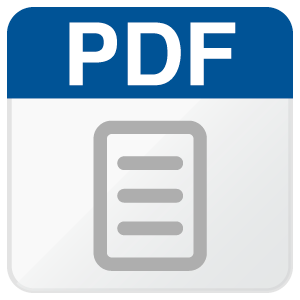Hello,
I have five questions about PMP9780 of TPS65131-Q1.
Q1:About a calculation method of the power consumption .
Please teach me the calculation method of the power consumption including the Charge Pump Circuit.
Is there the Excel?
Q2:About a Charge Pump Circuit.
Does the precision of the resistance need 1%? What is the reason?
Please tell me the meaning of the resistance of 2.2ohm connected to an INP-terminal.
Q3:About output capacitors.
4.7uF*4 is used by each output. Please teach me the setting of the ripple-value of this circuit.
Q4:About diodes of a Charge Pump Circuit.
Please teach me the reason of using BAT54S. Is Ifsm=600mA a requirement?
Please teach me the reason of using MBRM120. Is Ifsm=50A a requirement?
Q5:About Design-Tool (EXCEL).
If there is Design-Tool(EXCEL) to decide neighboring parts, please give me the EXCEL.
Regards,
Daisuke


